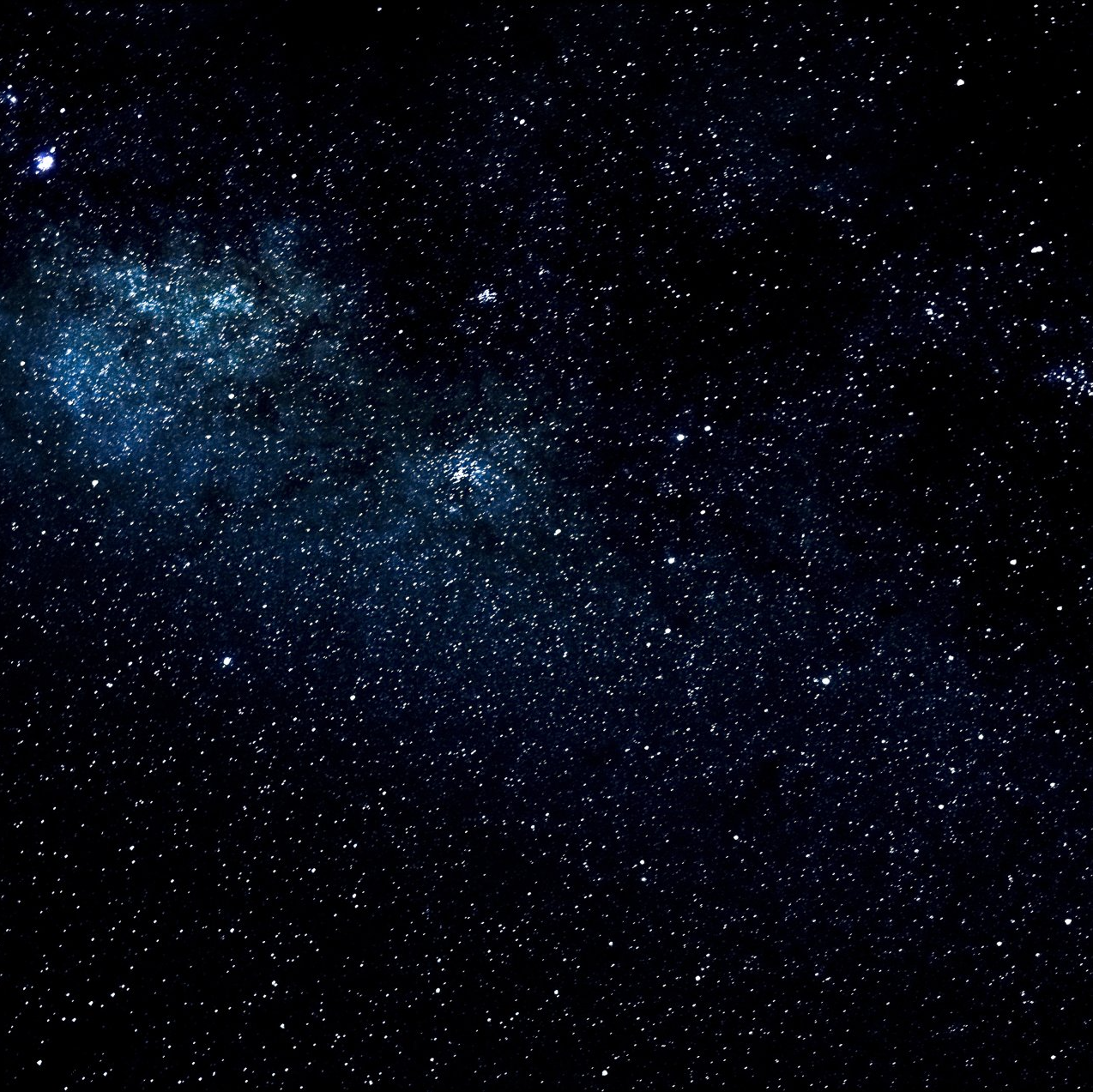SOMBRERO FACTS
The home of interesting Sombrero galaxy facts for kids and adults.

Sombrero Facts
When you first hear the name Sombrero, you may immediately think of the hat made famous in Mexico. Well, the hat is precisely where this galaxy, also called M104, got its name. An unusual looking barred spiral galaxy, the Sombrero is visible from Earth.
The Sombrero has all of the basic elements required to create stars, so it is not surprising that astronomers have discovered many star formation sites within the galaxy.
10 Facts about Sombrero
1. Sombrero has a super massive black hole.
This galaxy, along with nearly all large galaxies, is home to a supermassive black hole. By carefully observing the movement of stars around the black hole, astronomers have surmised that it possibly has the mass of a billion of our Suns.
Did you know?
The supermassive black hole discovered at the heart of the Sombrero is possibly the largest, in terms of mass, of any black hole so far discovered at the heart of a galaxy.
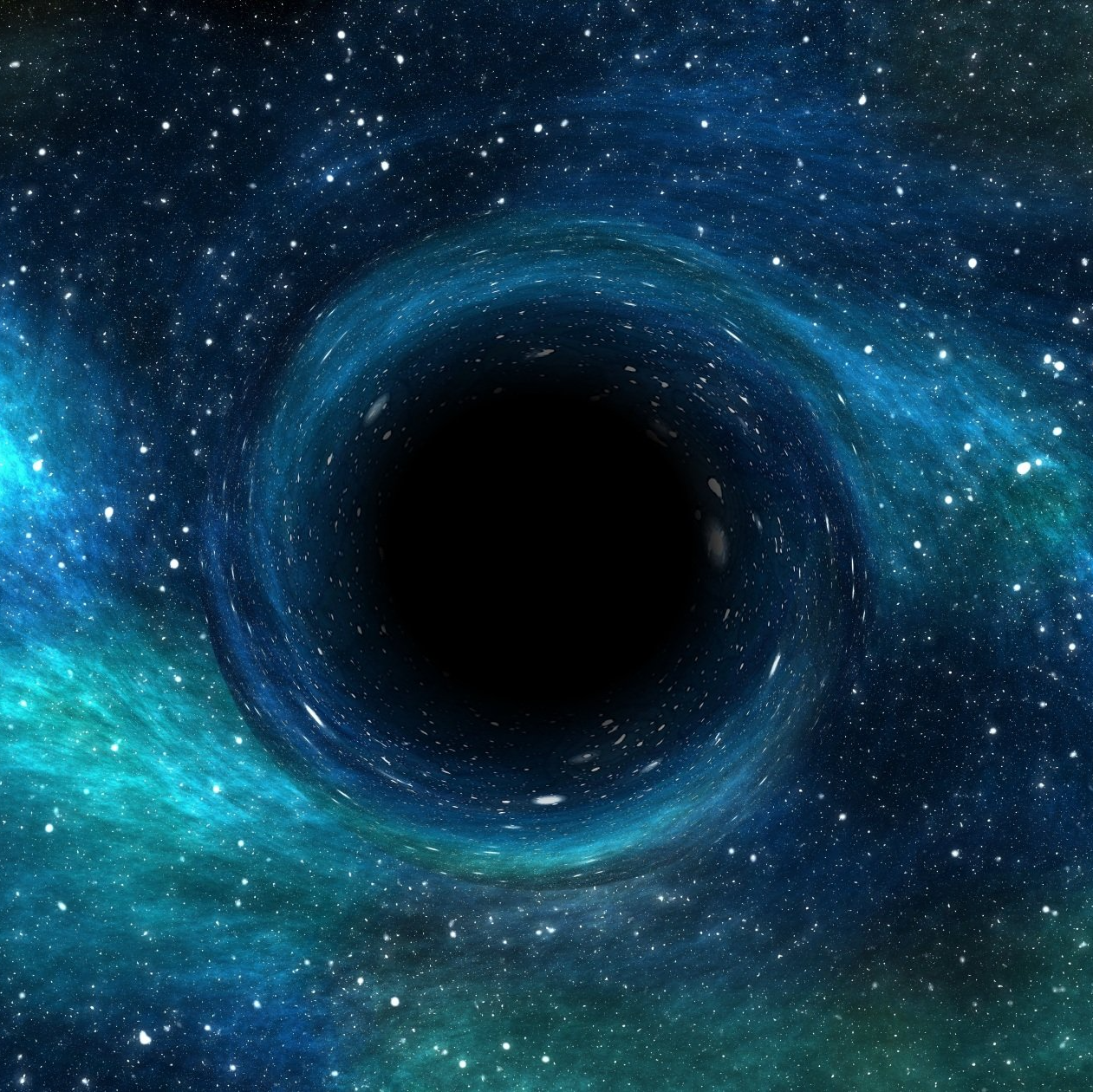

2. Sombrero is quite popular.
The Sombrero galaxy is popular for amateur stargazers. This is because, during a clear and dark night sky, the Sombrero can be spotted using binoculars. With large telescopes, the dust lane around the galaxy can be seen.
Did you know?
The best time of year to spot the Sombrero galaxy is spring and early summer, and it can be seen roughly halfway between the Corvus and Virgo constellations.
3. Hubble and Spitzer telescopes like it too.
The Sombrero has been studied in both infrared and visible light by the Hubble Space Telescope and the Spitzer Space Telescope. The regions where stars are mostly born stand out in the infrared wavelengths.
Did you know?
The dust ring, the ‘brim’ of the Sombrero, is home to most of the star birth regions.
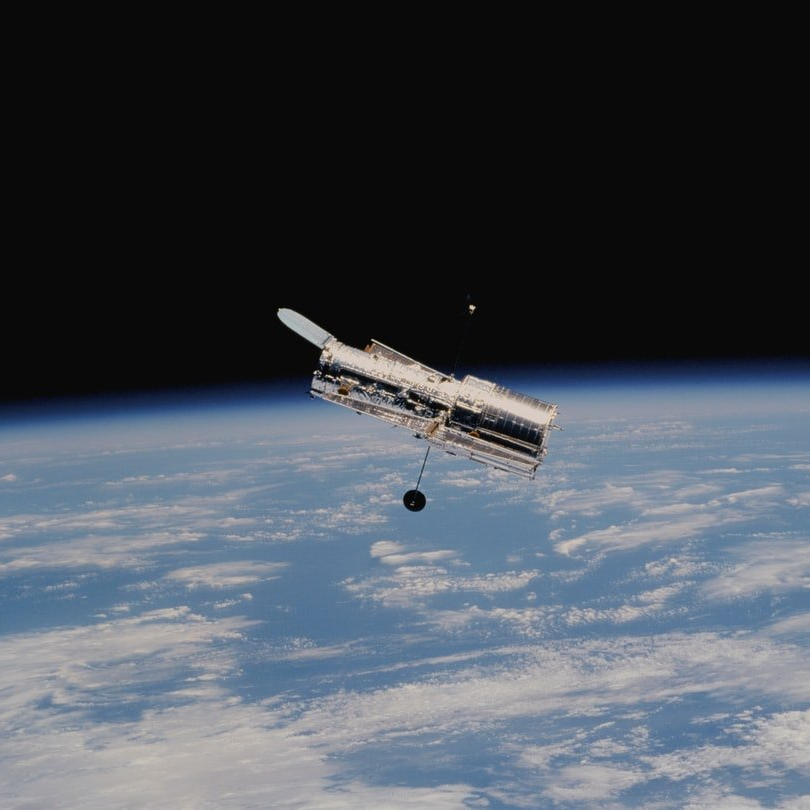

4. Sombrero has another name
The Sombrero galaxy is also named M104. It is called this because it is the 104th-night sky object that was catalogued by French astronomer Charles Messier. The total number of Messier catalogued objects is 110.
Did you know?
Charles Messier was originally looking for Halley’s Comet when he started his catalogue, but he was looking in the wrong area.
5. Sombrero is pretty old.
It is thought that the Sombrero galaxy is of a similar age to our very own Milky Way galaxy, which is around 13.20 billion years old while the Sombrero is roughly 13.25 billion years old.
Did you know?
The oldest observed galaxy in the Universe, the parts of the Universe we can see at least, is GN-z11 which is approximately 13.41 billion years old (the Universe is roughly 13.8 billion years old).

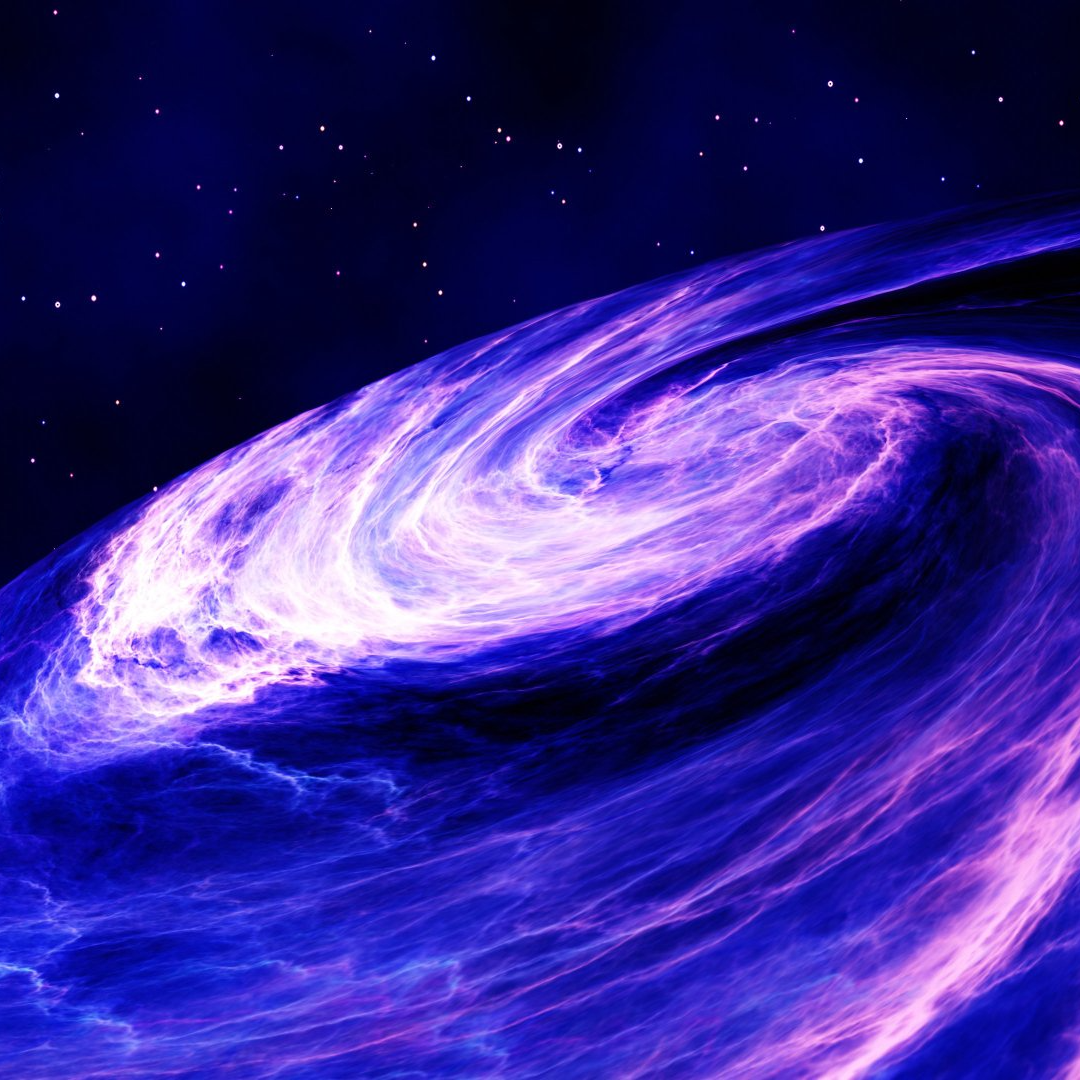
6. The Sombrero galaxy… Is not shaped like a Sombrero
It seems a little odd, but the Sombrero is actually a spiral-elliptical galaxy and it almost certainly isn't shaped like a sombrero at all. It is named the way it is because of perspective.
Did you know?
The Sombrero galaxy merely looks like a Sombrero because of the visual perspective that we have from where we are.
7. It may not be a part of a cluster.
It not certain whether or not the Sombrero galaxy is a part of a cluster, in the way that our Milky Way is. However, it could be a part of an extended string of galaxies that stretches from the Virgo Cluster of galaxies.
Did you know?
Galaxy clusters attract each other, by the way of gravity, to create superclusters of galaxy clusters. These superclusters can contain hundreds of individual clusters.

9. Despite its age the Sombrero is a relatively new discovery
The Sombrero was first discovered in 1781, by Pierre Méchain – a French astronomer. It was, however, not added to the Messier Catalogue of astronomical bodies until 1921 by Charles Messier – also a French astronomer..
Did you know?
The Sombrero galaxy was named the 'most perfect spiral galaxy', due to its aesthetically pleasing shape.
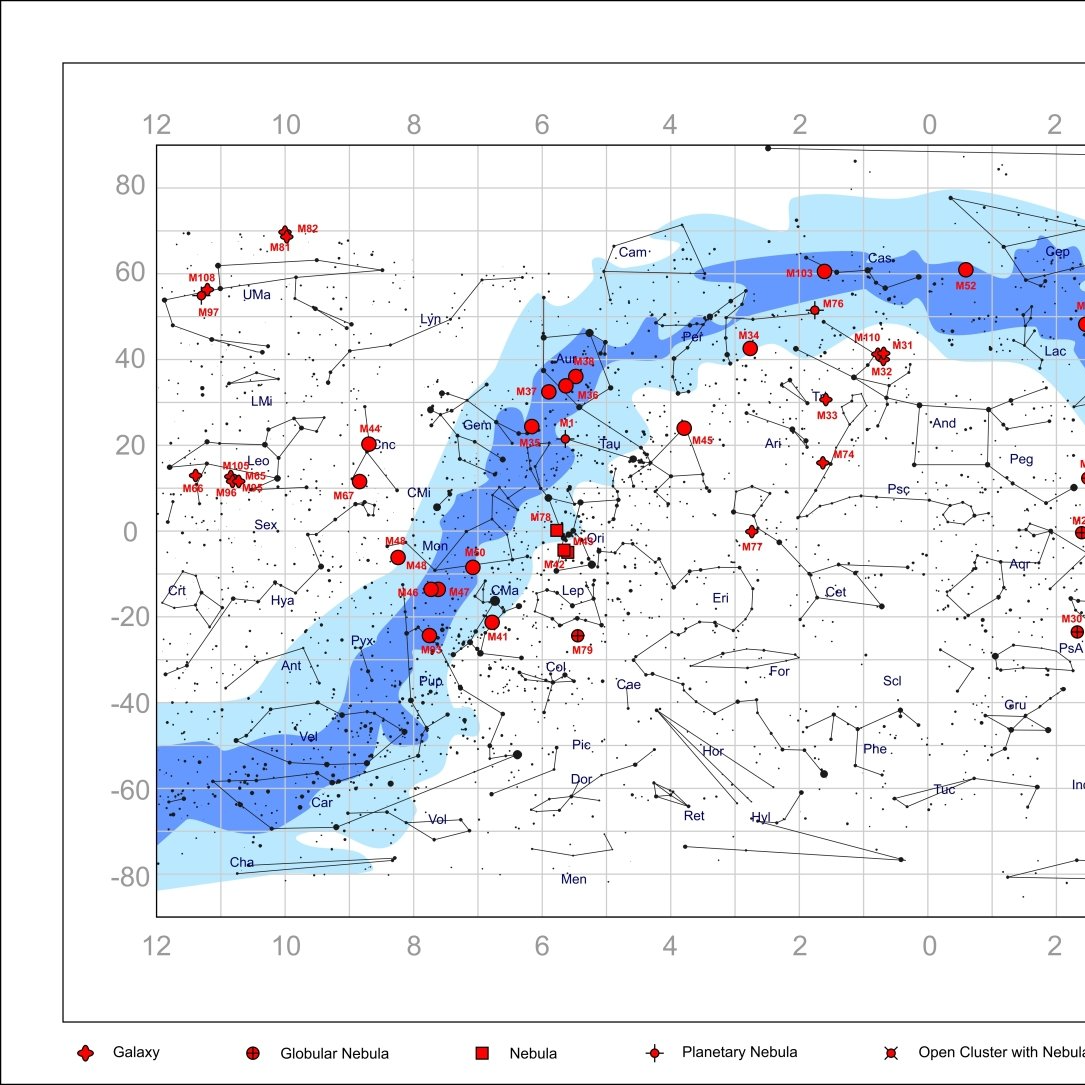

10. The Sombrero galaxy is quite famous
This galaxy is plays host to over 2,000 globular clusters (a collection of large stars). They are gathered around the core of the galaxy, the nucleus that is its supermassive black hole.
Did you know?
The original black & white, and subsequent colour, TV show called The Outer Limits, both end with a black and white photograph of the Sombrero Galaxy.
© Copyright 2021 Space-facts.co.uk
View our other facts sites: www.animal-facts.co.uk

